The stock market’s recent rise reflects a dramatic shift in wealth from workers to investors, according to new research by Prof. Martin Lettau

In decades past, a rising stock market was a reflection of economic growth. But no longer.
New research by finance Prof. Martin Lettau has found that economic growth accounted for less than a quarter of the stock market’s rise over the past 30 years—compared with 92% of the increase in the prior three decades.
The biggest driver of the recent bull market? A dramatic shift in wealth from workers to investors, accounting for 54% of the market’s increase since 1989.
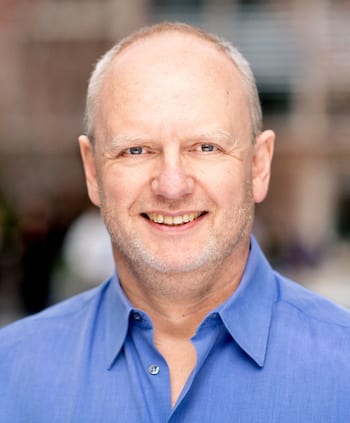
That’s the conclusion of Lettau’s new paper, “How the Wealth Was Won,” co-written with Daniel Greenwald of MIT and Sydney Ludvigson of New York University. They show that most of the stock market gains of the past three decades have come from shareholders getting a bigger and bigger piece of the economic pie.
Lettau’s research points to a potentially critical driver of the growing wealth inequality plaguing the U.S.: At a time of slowing economic growth, those at the top of the wealth distribution are reaping most of the rewards, while the share of income received by the rest of households has declined.
The research explores hot-button issues that are not the standard fare for financial economists. We spoke with Lettau, an expert in investments and financial markets who holds the Kruttschnitt Family Chair in Financial Institutions, about how the stock market has seized the lion’s share of 30 years of economic growth, and whether this trend is sustainable.
You write about a widening chasm between the stock market and the broader economy. What specifically are you referring to?
U.S. stock values have grown faster than the economy over the past 29 years. After adjusting for inflation, the stock market value of corporations outside the financial sector has risen an average of 8.4 percent a year since 1989. At the same time, the value of the economic output of corporations has climbed just 2.5 percent annually. By contrast, from 1959 to 1988, economic output was expanding faster than stock values.
What did you find was behind this trend?
We considered the entire economic pie that was produced and the different actors in the economy. We found that, over the long run, the movement in stock values stemmed largely from shifts in wealth from labor to capital. Put plainly, the long-standing bull market of past 30 years comes largely from the capital sector getting more of the economic pie than the labor sector.
How big a factor has this shift been in pushing stock prices higher, compared with other factors?
We looked at the factors that standard financial theory considers to be drivers of stock prices, including fluctuations in short-term interest rates, changes in investor tolerance of risk, and economic growth. We did a statistical analysis to measure how much each of these factors contribute to stock market valuations. We found falling interest rates and greater investor appetite for risk have each contributed 11%. Economic growth explains just 23% of the stock price increase. Meanwhile, we estimate that the reallocation of the rewards of production to shareholders and away from labor has accounted for a full 54% of the gains in stock market value since 1989. That’s a sharp turnaround from 1952 to 1988, when other factors accounted for just 8% of the rise in stock prices, while economic growth accounted for 92% of the increase.
Why has capital’s share of the pie grown and labor’s share shrunk?
Our work doesn’t directly address the underlying reasons why we’ve had these shifts. But there’s some work by labor economists that has come up with plausible explanations. One is the decline in union power, which has weakened labor’s voice in setting wages. Another is outsourcing, which moved work to cheaper domestic or international sources of labor, putting pressure on pay. Third is technology, which is replacing manual labor with intensive productive capital. Thirty years ago robotics barely existed. Now it’s everywhere. Well-educated workers reap the benefits, but those without the skills in demand today are left behind.
Inequality of income and wealth have become pressing concerns in recent years. What does your work tell us about the sources of inequality?
This is a very important question, not just in the United States, but in much of the developed world. What our work suggests is that part of increased inequality could be due to the stock market. The overall economic pie is growing, but not at very high rates. The segment of the population that owns stocks has reaped the benefits of this growth relative to those who don’t own stocks. And, while it’s true that more people hold stock today than in the past thanks to retirement investments like 401(k)s, stock ownership is still highly concentrated.
It’s striking that this shift has happened during a period of slowing economic growth—just 2.5% annually versus 4.5% in the prior period, you found. Meanwhile, the Congressional Budget Office (CBO) projects that real GDP over the next decade will grow just 1.7% annually. Is this trend sustainable?
Without fully understanding the economic forces that caused these trends in the postwar data, it is difficult to assess how they will evolve in the future. For example, technological changes are unlikely to be reversed, but other factors could be reversible. If the Congressional Budget Office’s projections for GDP turn out to be correct, and the growth of the total economic pie is sluggish, stock market investors will not see growth rates as in the recent past unless the labor share declines further. Since the end of the great recession, income growth has been robust and kept pace with corporate profits, but it is not clear whether this signals a short-term phenomenon or a change in long-term trends.
You’re bringing together two disciplines that are usually kept separate: financial economics and labor economics. What’s the significance of this?
Our contribution is to connect broad economic trends with the financial markets. We examined the overall economy because we have plenty of data. It would be useful to know on a more granular level who has benefited from the economic shifts we describe. But to do a deeper dive into household wealth is difficult because data is limited. There’s very little information on what kinds of households hold what kinds of assets.

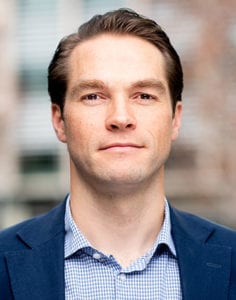

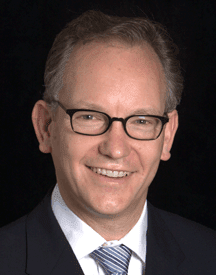
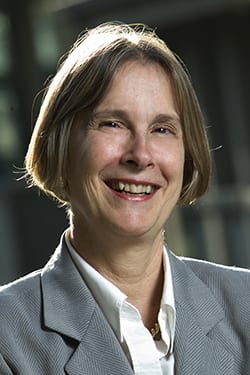

 The surge of bitcoin brought cryptocurrencies from tech-nerd toy to household name, and they’re increasingly showing up in investment portfolios. Yet it’s still a mystery to most people how these digital currencies work. Are they even currency? And do they belong in an everyday person’s portfolio?
The surge of bitcoin brought cryptocurrencies from tech-nerd toy to household name, and they’re increasingly showing up in investment portfolios. Yet it’s still a mystery to most people how these digital currencies work. Are they even currency? And do they belong in an everyday person’s portfolio?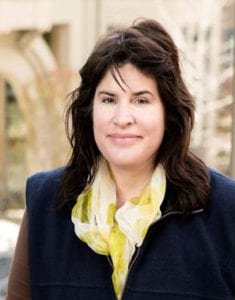
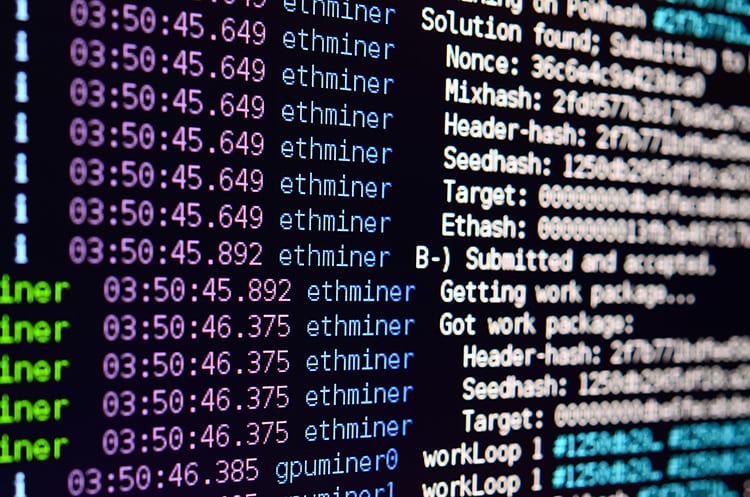
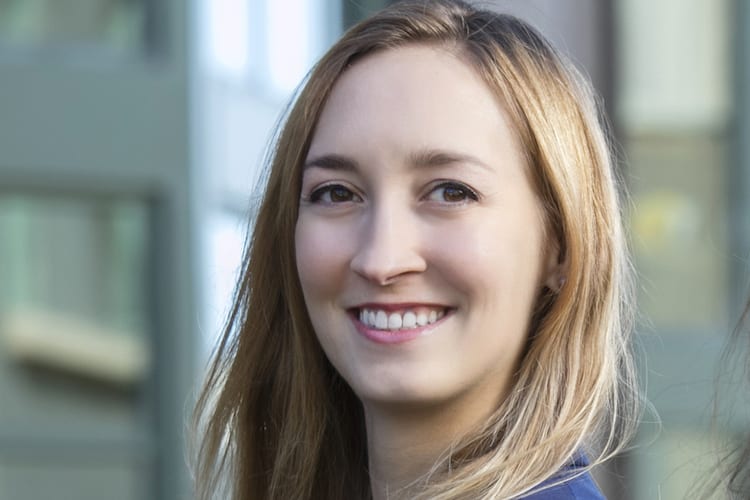 Ashley Lannquist established herself as an up and coming fintech leader well before she crossed the stage at commencement at the Greek Theatre last week.
Ashley Lannquist established herself as an up and coming fintech leader well before she crossed the stage at commencement at the Greek Theatre last week.
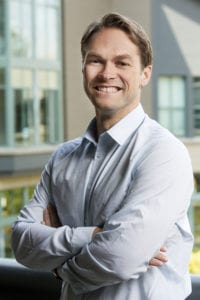

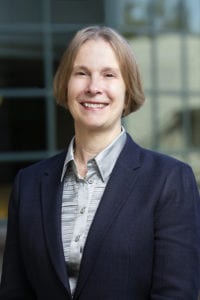
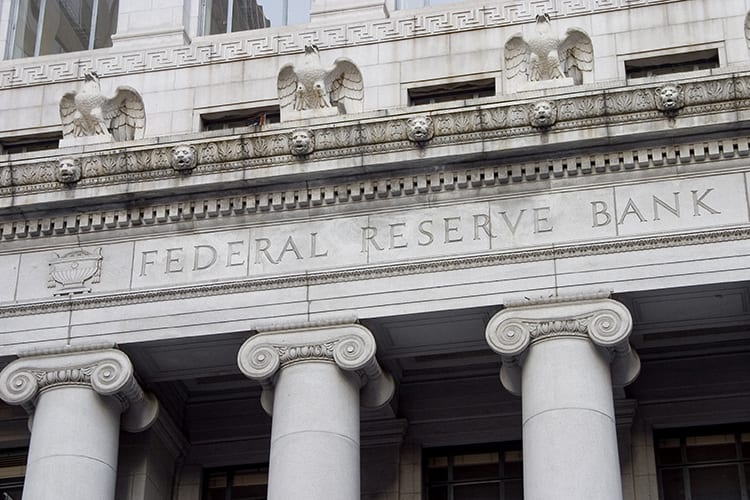 Federal Reserve policymakers are among the best informed and most knowledgeable experts on the economy, and their decisions on interest rates are supposed to be based on exhaustive analysis of data. But
Federal Reserve policymakers are among the best informed and most knowledgeable experts on the economy, and their decisions on interest rates are supposed to be based on exhaustive analysis of data. But 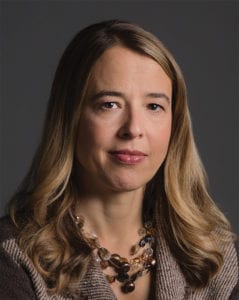

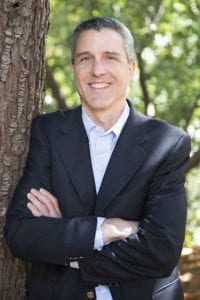
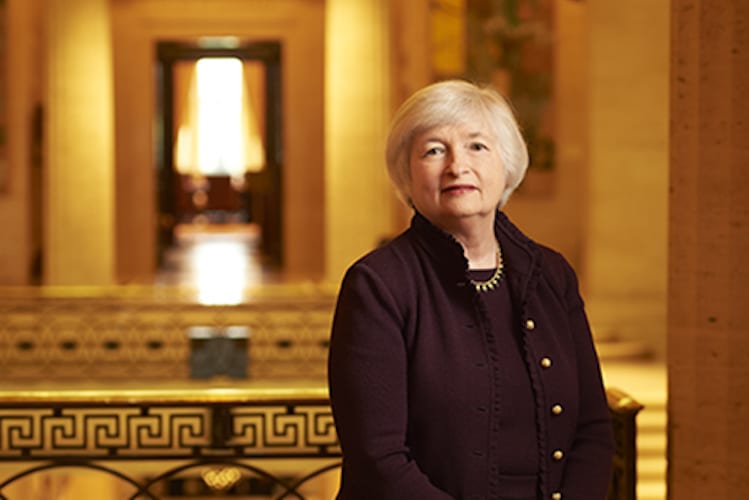
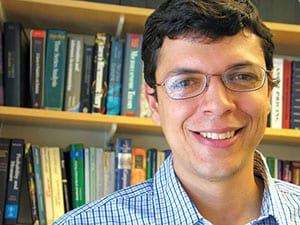
 Exploitation vs exploration
Exploitation vs exploration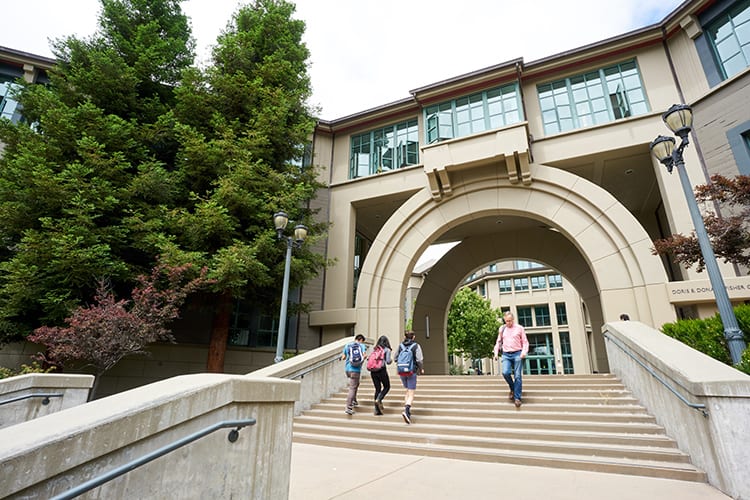 Berkeley-Haas is rolling out an intensive new international program for undergraduates in fall 2018, designed to prepare students to take their places as leaders in the multinational workplace.
Berkeley-Haas is rolling out an intensive new international program for undergraduates in fall 2018, designed to prepare students to take their places as leaders in the multinational workplace.
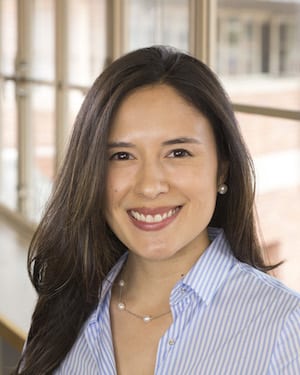
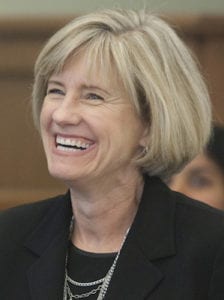

 Worthington is a former improvisational theater instructor and parachuting US Forest Service Smokejumper who learned the value of instant collaboration, open communication, and inventiveness while on the fire line. He has been teaching leadership courses at Berkeley-Haas for eight years.
Worthington is a former improvisational theater instructor and parachuting US Forest Service Smokejumper who learned the value of instant collaboration, open communication, and inventiveness while on the fire line. He has been teaching leadership courses at Berkeley-Haas for eight years. According to Andreea Gorbatai, an assistant professor at UC Berkeley’s Haas School of Business, “Women are better at telling a story that resonates with potential crowdfunding investors.” In an unpublished paper, entitled “The Narrative Advantage: Gender and the Language of Crowdfunding,” authored with Laura Nelson of Northwestern University’s Kellogg School of Management, Gorbatai notes that crowdfunding pitches rely heavily on the written word. Gorbatai and Nelson cite studies showing that men and women have distinct writing styles.
According to Andreea Gorbatai, an assistant professor at UC Berkeley’s Haas School of Business, “Women are better at telling a story that resonates with potential crowdfunding investors.” In an unpublished paper, entitled “The Narrative Advantage: Gender and the Language of Crowdfunding,” authored with Laura Nelson of Northwestern University’s Kellogg School of Management, Gorbatai notes that crowdfunding pitches rely heavily on the written word. Gorbatai and Nelson cite studies showing that men and women have distinct writing styles.